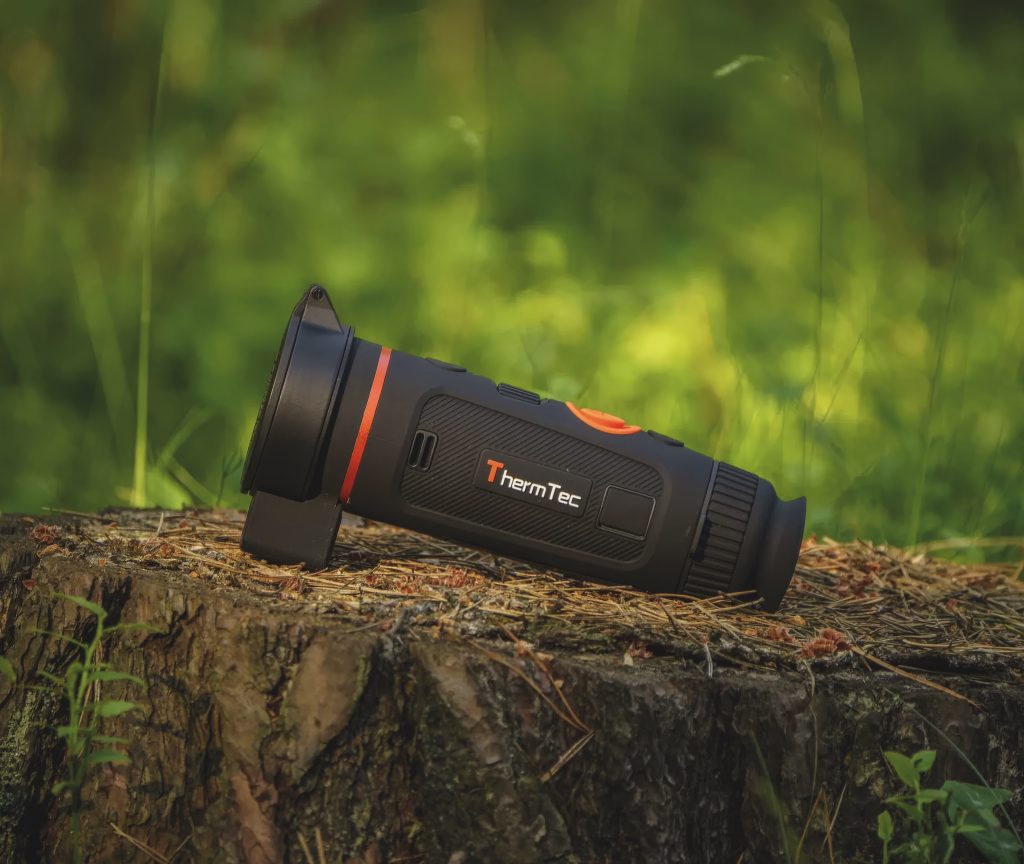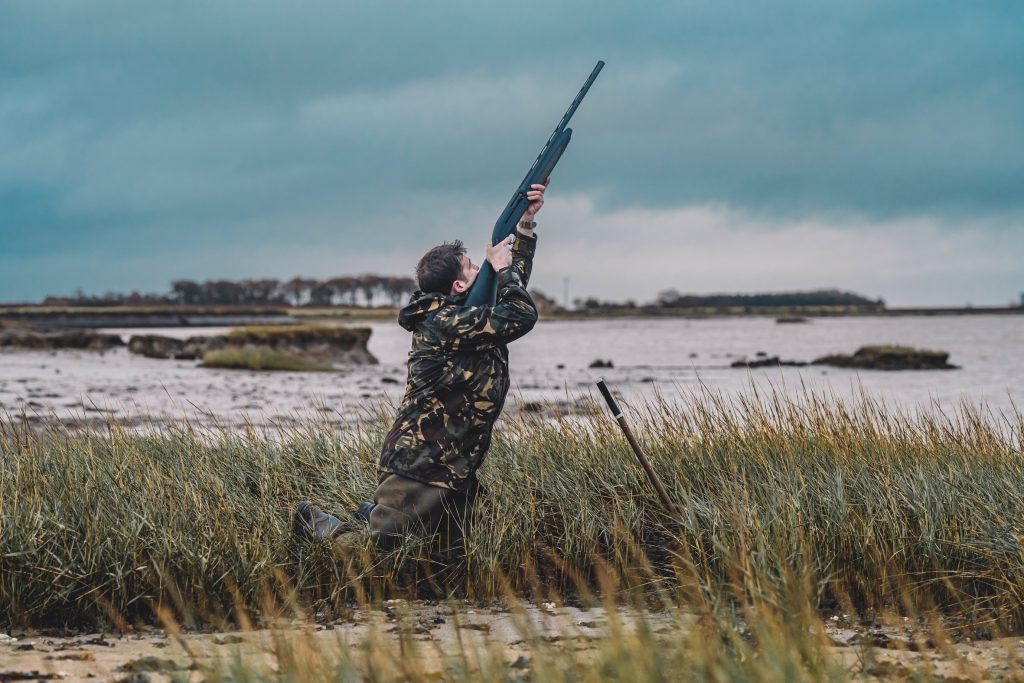Win CENS ProFlex DX5 earplugs worth £1,149 – enter here
Guns to buy before the price goes up

If I was thinking of buying a new gun I would be tempted to do it right now, as prices could well go up quite steeply in the not-too distant future. It’s because of the decline in value of Sterling, which is bound to affect all imports soon.
At the time of writing, £1 was worth only 1.2 Euros, and there was talk of further falls. The fall against most other world currencies, including the US Dollar, was nearly as bad. So why have gun prices not already gone up?
There are two likely answers. The first is that the new guns in the shops were most likely imported much earlier in 2016, before the Brexit scare hit the Pound on world currency markets. The second is that wise importers of all items from luxury cars to baked beans tend to buy their foreign currency in advance, at times of favourable exchange rates. But existing stocks of guns, and holdings of foreign currency, will eventually run out – and could do so before the Pound recovers.
Eventually, a rise in new gun prices could be reflected on the second-hand market. I’m not saying it will, but it might – so here are three guns to consider, either new or second-hand.

Yildiz O/U Sporter
Yildiz O/U Sporter
Forty years ago the majority of budget-priced guns on the UK market came from Spain. Then it was Italy’s turn, and now it is Turkey who is producing guns that are not only cheap, but also generally well made.
One of the leading companies in Turkey is Yildiz, who initially seemed to concentrate on lightweight general-purpose guns and field guns. Many models were built with aluminium alloy actions, which considerably enhanced the handling of guns in the smaller gauges such as 28-bores and .410s.
Its output is around 45,000 guns a year, and in comparatively recent times a Sporter has been added to the range. At more than 8lb it is quite heavy, but, in spite of that, handling is quite positive. And the price is certainly attractive, at around £875 for a new gun with an adjustable comb. A version with a plain stock is quite a lot cheaper, so second-hand prices should peak at a little over £700.
The gun has a number of points that I really like. One is the fact that transfer of the single trigger to the second barrel is mechanical rather than recoil-driven. This means that you still get a shot in the unlikely event of a first barrel misfire but, perhaps more importantly, it also means that the gun should be tolerant of some very light loads. That, coupled with the gun’s weight, should make it a good choice for people who are very sensitive to recoil.
The other good thing is the look of the adjustable comb, the comb blending in nicely with the lines of the stock. One point I’m not too keen on is the fact that the pistol grip has a palm swell, but that’s just the personal preference of a man with relatively small hands. Other people like the feature.
These points apart, the gun has no mechanical surprises. The barrels hinge on stub pins, and lock-up is via a low-mounted bolt engaging with a bite in a shallow lump just below the lower barrel.
Within the action, hammers are mounted on the trigger plate, while sears hang from the top strap. Main springs are coils running on guide rods, and the ejectors are spring-loaded.
There’s a choice of 28 or 30-inch chrome-lined multichoke barrels, both with 3-inch (76mm) chambers. The stock is 14. inches and, with the adjustable comb, the drops are, of course, set up by the owner.
More information Entwistle Guns

Caesar Guerini Invictus
Caesar Guerini Invictus
To drive up the Gardone valley above Brescia in northern Italy’s Lombardia province is like taking a history lesson in the nation’s gunmaking history. It seems that, at every turn, there is a factory making guns you have heard of, from Beretta, who can trace its history back to 1526, to the latest addition to Caesar Guerini, who has been going a mere 16 years.
Once, when making the journey, I asked my Italian host why there was such a concentration of gunmakers in such a small area. The answer was simple – historically the valley had iron ore, plenty of wood for making charcoal to feed the furnaces, and flowing water to power water wheels.
The history is fascinating, but today we are looking at one of the newest shotgun designs in the world. For not only is the Guerini Invictus extremely well made, the way in which the barrels hinge to the action is, if not unique, extremely unusual.
On most other O/U guns the barrels either hinge to the action with a hook on the lump engaging with a full-width cross pin (like most Brownings), or with semi-circular cut-outs in the barrel cheeks engaging with stub pins in the action walls close to the knuckle (like the famous Beretta design and its many imitators). The Invictus is different in that the round-nosed projections which serve as stub pins are on either side of the barrel lump, and the hooks with which they engage are in the forward end of the action frame.
When, after many thousands of shots, the gun starts to shoot loose, these projections, which are removable, are available in over-sized versions, which bring the gun back to tightness. Again, this feature is not unique in that gunsmiths can fit other guns either over-sized, full-width cross-pins or stub pins as appropriate, but it looks as if this would be a relatively simple process on the Invictus.
Other than the way in which it hinges, the rest of the mechanism is relatively conventional, with a low-mounted bolt engaging with a bite below the lower barrel, coil hammer springs with hammers hinged at the bottom and sears hanging from the top strap.
The Invictus’ chambers, being a purely competition gun, are only 2.inches (70mm), and a good selection of barrel lengths is available in Sporting and trap variants in three grades. Stock length is 14.85 inches.
A point that I like is the fact that the fore-end is removed by pressing a button at its tip. The engraving pattern takes the form of a clay target, and I would prefer a more traditional pattern than something that always reminds me of a fl ying fried egg – but that’s just the personal quirk of shooting’s own Victor Meldrew, which has nothing to do with the gun’s undoubted quality.
More information: Caesar Guerini

Browning 725 Grade 5
Browning 725 Grade Five
Here’s a point for you to ponder: would you buy a high-grade gun when a basic model was available for around half the price?
The example we are looking at is the Browning 725 Grade Five, which costs anything between £3,700 and £4,000, depending on how much discount the dealer is prepared to give you. Yet a Grade One can be bought for anywhere between £1,800 and £2,000 – again depending on your luck with the discount.
You don’t need me to remind you of how many cartridges £2,000 would buy…
The Grade One and the Grade Five are mechanically identical, and both guns handle in exactly the same way. The B725 is a typical Miroku-built Browning, with a rather tall action and the barrels hinged on a full-width cross pin. The B725 action is, however, 4mm shallower than that of its predecessor – the B525. Another improvement new to the B725 is that the transfer of the single trigger to the second barrel is now purely mechanical rather than reliant on the recoil of the first shot.
The number of new guns with this mechanical feature seems to be growing, which makes me think that light, 21g loads might have been giving trouble with recoil-reliant systems.
The differences between the B725 Grade One and the Grade Five are merely cosmetic, although “merely” is, perhaps, a slightly unfair term when you see just how elegant the high-grade gun really is.
The first thing to catch your eye is the woodwork – rich, dark walnut with a lovely grain pattern. Wood-to-metal fit is superb and the head of the pistol grip is finished with elegant drop points. The fore-end isn’t quite a Schnabel design, but comes close to it and the chequering is very well executed.
Although the gun is primarily for clayshooting, the sides of the action are engraved with game scenes – ducks on one side the pheasants on the other. The rest of the action, including the underside, the fore-end iron and the trigger guard are covered with elegant scroll patterns. When Sporting Gun’s gunsmith Jason Harris described the gun two years ago, he compared this scrollwork favourably with that found on the hand-built B25 guns from the custom shop in Belgium. Higher praise would be hard to find!
More information: Browning
Related Articles
Get the latest news delivered direct to your door
Subscribe to Shooting Times & Country
Discover the ultimate companion for field sports enthusiasts with Shooting Times & Country Magazine, the UK’s leading weekly publication that has been at the forefront of shooting culture since 1882. Subscribers gain access to expert tips, comprehensive gear reviews, seasonal advice and a vibrant community of like-minded shooters.
Save on shop price when you subscribe with weekly issues featuring in-depth articles on gundog training, exclusive member offers and access to the digital back issue library. A Shooting Times & Country subscription is more than a magazine, don’t just read about the countryside; immerse yourself in its most authoritative and engaging publication.







